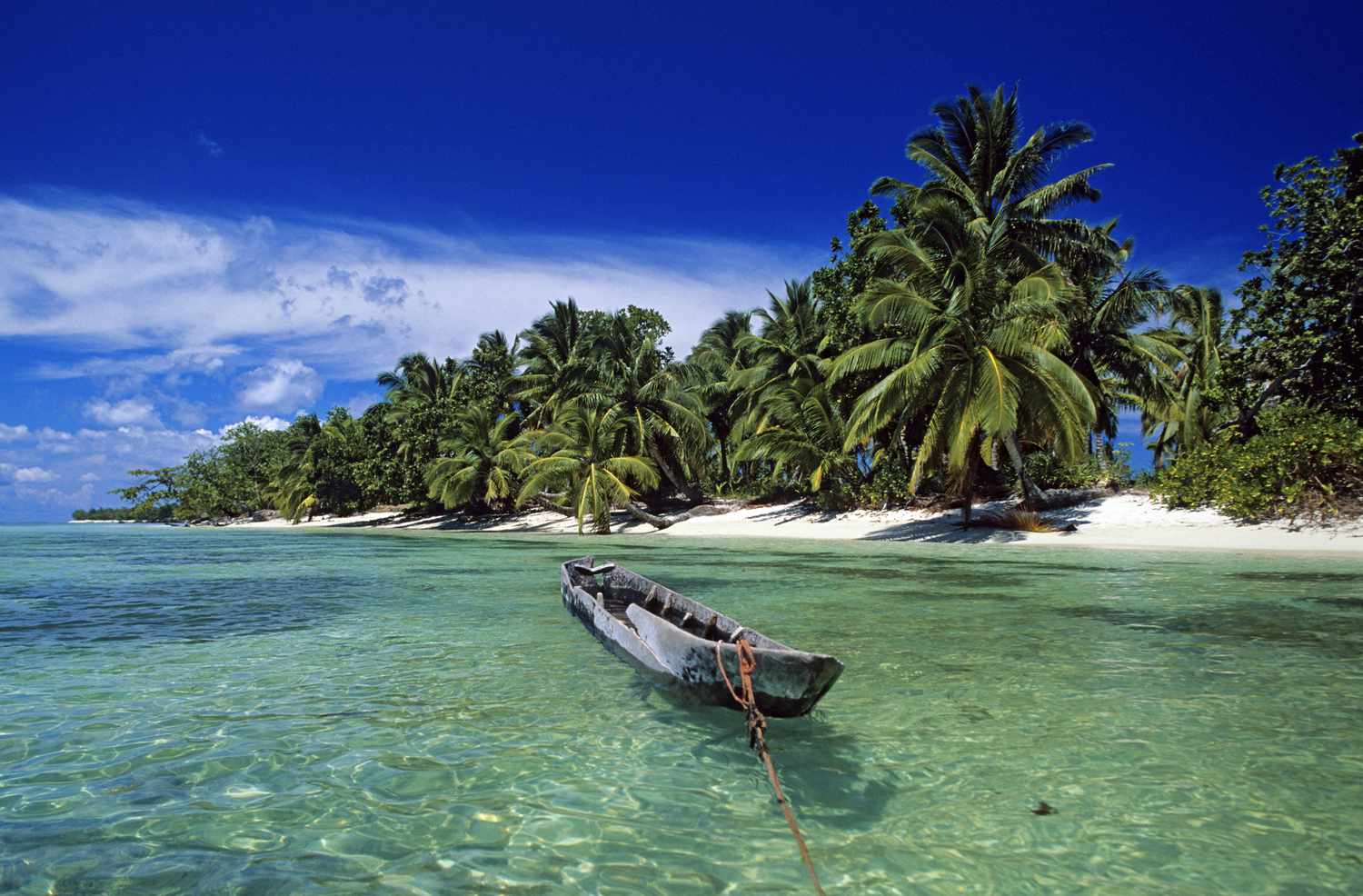
Madagascar, the fourth largest island in the world, is a captivating destination for nature enthusiasts and adventurers alike. Known for its incredible biodiversity, this Indian Ocean gem boasts a staggering 90% of wildlife species that are found nowhere else on Earth. From quirky lemurs to towering baobab trees, Madagascar offers an experience akin to stepping into a real-life nature documentary.
Unique Wildlife
Madagascar is perhaps best known for its lemurs, a diverse group of primates that have evolved into more than 100 different species and subspecies. Visitors can encounter everything from the tiny mouse lemur, one of the smallest primates in the world, to the larger and more vocal indri, whose eerie calls echo through the forest.
Bird watchers will also be in paradise. The island is home to over 250 bird species, including the brightly colored Madagascar paradise flycatcher and the elusive ground rollers. Reptile enthusiasts can marvel at chameleons that display a dazzling array of colors and geckos that blend seamlessly into their surroundings.
Majestic Flora
Madagascar’s flora is as unique as its fauna. The island’s landscapes are dotted with baobab trees, some of which are over a thousand years old. These “upside-down trees” store water in their massive trunks, a crucial adaptation for surviving the island’s dry seasons. The Avenue of the Baobabs, a dirt road lined with these ancient giants, is one of the most iconic sights in Madagascar.
The island is also home to numerous other plant species, including the Madagascar periwinkle, which has medicinal properties and has been used in the treatment of cancer.
Ecotourism and Conservation
While Madagascar’s natural beauty is unparalleled, it faces significant conservation challenges. Deforestation, driven by slash-and-burn agriculture, illegal logging, and mining, threatens many of the island’s unique species. Conservation organizations are working tirelessly to protect Madagascar’s habitats and promote sustainable tourism.
Ecotourism has become a key strategy in these efforts. Visitors to Madagascar can support conservation by choosing eco-friendly tours and lodges that prioritize environmental protection and community involvement. National parks and reserves, such as Andasibe-Mantadia National Park and Ranomafana National Park, offer guided tours that educate visitors about the island’s unique ecosystems while contributing to their preservation.
A Journey Like No Other
Traveling to Madagascar is an adventure that offers a deep connection with nature. Whether trekking through rainforests, exploring the spiny forests of the south, or relaxing on pristine beaches, visitors are sure to be enchanted by the island’s extraordinary beauty and diversity.
Madagascar invites you to discover its hidden wonders and to be part of its story—a story of unique wildlife, stunning landscapes, and the ongoing effort to preserve one of the world’s most remarkable natural treasures.
